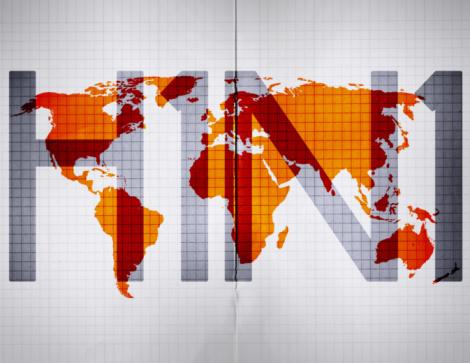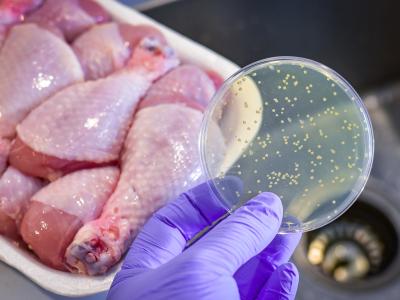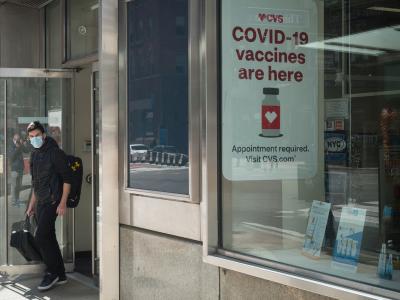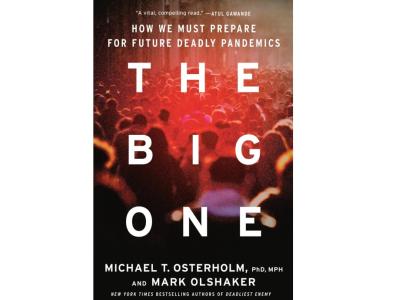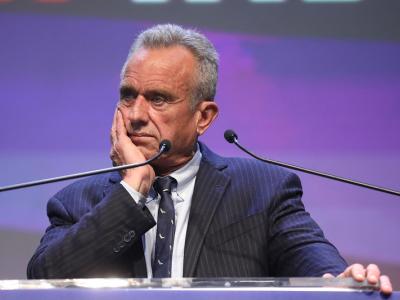Five years after the 2009 H1N1 influenza virus emerged, the world's ability to cope with a flu pandemic is a bit better than it was in April 2009, but there's still a long way to go, says Harvey Fineberg, MD, PhD, who chaired the international committee that was assigned by the World Health Organization (WHO) to evaluate the global response to the pandemic.
"We said in our core conclusion that the world is not well prepared," Fineberg said in an interview. "It is better [now], but it's not adequate."
The 2009 H1N1 virus (pH1N1) emerged in Mexico and spread to California in late March of 2009. The virus rapidly traveled around the world, triggering the WHO's pandemic declaration on Jun 11 (2009). In the United States the epidemic peaked in October and November of that year.
Fineberg is also president of the Institute of Medicine, part of the US National Academy of Sciences. The WHO-appointed review panel issued its report in May 2011.
Estimates of H1N1 death toll
Just how many people died of H1N1 illness during the pandemic remains unknown, but estimates range from 105,700 to 395,600, Fineberg said in a commentary published last week in the New England Journal of Medicine.
Those numbers are similar to what happens in a "relatively mild" non-pandemic flu season, but because children and young adults were hit disproportionately hard and elderly people were less affected, the effect in terms of years of life lost was greater than in a normal flu season, he noted.
In his commentary and the interview, Fineberg recalled the pandemic review committee's findings and reflected on developments in pandemic preparedness since the report came out.
"There are some areas where we are definitely better off today than 5 years ago," he said. "One is the agreement on sharing of viruses and vaccines."
He referred to the WHO's pandemic flu preparedness framework, which provides for access to flu vaccines in developing countries and the sharing of flu viruses for disease surveillance. The pact, which answers one of the recommendations of the review committee, was hammered out under WHO leadership and signed in 2011.
"That's a step forward," he said. "It does pre-position certain [vaccine] manufacturers who agree to dedicate a certain portion of their production to a redistribution pool that WHO will oversee." The agreement adds "a measure of fairness" to the distribution of vaccine supplies, he added.
In addition, the WHO has incorporated some of the review committee's other recommendations in its work plans, which is encouraging, Fineberg said.
But another recommendation of the review panel—establishment of a contingency fund that the WHO could tap in a public health emergency—has not been fulfilled, Fineberg said.
"There are no steps to my knowledge on that," he said.
In his commentary, he outlined what went right and what went wrong in the response to the pandemic. Officially, the review panel examined the functioning of the 2005 International Health Regulations (IHR) during the pandemic, but much of the report dealt with the actions of the WHO.
WHO achievements and missteps
The WHO notched a number of notable achievements in its pandemic response, including rapid characterization of the virus, provision of guidance for national flu preparedness plans, provision of candidate vaccine strains, advice on vaccine target groups, and distribution of more than 3 million courses of antiviral drugs to 72 countries, Fineberg wrote.
On the other hand, he observed, the agency "confronted systemic difficulties and made a number of missteps in the course of coping with the unfolding pandemic."
The systemic problems include the WHO's dual status as "the moral voice for health in the world and the servant of its member states," and an inadequate budget, Fineberg said. Also, he said the WHO's ability to do direct a globally coherent response to an emergency is limited by the reality that the agency's regional offices are autonomous and led by directors elected by countries in the region.
One big difficulty that confronted the WHO, he recounted, was confusion over the meaning of "pandemic." The agency used a series of pandemic alert phases that were based entirely on the geographic extent of cases and not on the severity of illness. That was a problem because "the decisions about response logically depend on both spread and severity," he wrote.
He also said the set of pandemic alert phases was "needlessly complex in that it defined more phases than there were differentiating responses." The WHO has revised its pandemic alert approach since then, but Fineberg said in the interview that the measurement of severity and the role of severity in the definition of a pandemic have yet to be completely spelled out.
Criticism over confidentiality
The WHO ran into further trouble when it withheld the names of its emergency committee members, Fineberg observed. The aim was to shield them from commercial and political pressures, but the effect was "to stoke suspicion about the potential links" between committee members and the pharmaceutical industry, he noted.
"A practice of confidentially that was arguably fitting for a 1-day consultation was ill-suited to an advisory function that extended over a period of months," he wrote.
Further, "The failure to acknowledge legitimate criticisms, such as inconsistent descriptions of the meaning of a pandemic and the lack of timely and open disclosure of potential conflicts of interest, undermined the ability of the WHO to respond effectively to unfounded criticisms," Fineberg asserted.
But the biggest "operational shortcoming" was the failure to quickly distribute large amounts of flu vaccine, he concluded. In the end the WHO sent 78 million doses to 77 countries, but most of them arrived long after they would have done the most good, he said.
Scientific, technical constraints
Looking ahead, Fineberg wrote that the "most fundamental constraints on pandemic preparedness are the limits of scientific understanding and technical capacity."
Specifically, with the current state of science, it's impossible to predict which flu virus will become a danger to humans and to what degree. At the same time, the world needs better antiviral agents and vaccines and greater, faster production capacity, he wrote.
He observed that a comprehensive report issued in 2012 showed that the effectiveness of flu vaccines is lower than had been typically asserted. Also, traditional egg-based production of flu vaccines is usually too slow to counter the first wave of a pandemic, and global vaccine production capacity covers less than a third of the world population.
See also:
Fineberg's Apr 3 N Engl J Med article
Apr 21, 2009, CIDRAP News story on detection of pH1N1 virus
April 23, 2010, CIDRAP News story on lessons of the pandemic
800x600 Normal 0 false false false EN-US X-NONE X-NONE MicrosoftInternetExplorer4 st1\:*{behavior:url(#ieooui) } /* Style Definitions */ table.MsoNormalTable {mso-style-name:"Table Normal"; mso-tstyle-rowband-size:0; mso-tstyle-colband-size:0; mso-style-noshow:yes; mso-style-priority:99; mso-style-parent:""; mso-padding-alt:0in 5.4pt 0in 5.4pt; mso-para-margin:0in; mso-para-margin-bottom:.0001pt; mso-pagination:widow-orphan; font-size:10.0pt; font-family:"Times New Roman","serif";}